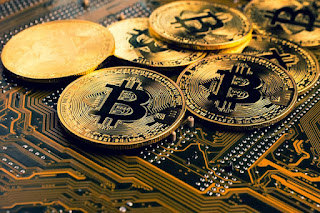HOW BITCOIN ADOPTION COULD BRING MAJOR PROSPERITY TO PUERTO RICO | by heidi

By 2017, I was peripherally aware of the existence of Bitcoin as an idea, though it remained unknown to me as a global phenomenon. I had yet to learn about Bitcoin as the antifragile and sovereign monetary system able to compete globally at scale with the U.S. dollar — as the political economic worldview grounded in anarcho-capitalist, “cypherpunk” philosophies of power, value, individual autonomy and mutualist community sovereignty. For the time, I remained ignorant of Bitcoin’s Austrian school resistance to Keynesian fiscal and monetary policy, as well as the sacrosanct status of modern monetary theory in global governance, U.S. statecraft and academic circles. In 2017, I only knew that it was a tool my libertarian friends accumulated by running a server in their homes (what I later learned is the process referred to as “mining”) and then saved or spent as computerized, intangible blockchain cash on the internet. Fast-forward to summer 2021 — as I began furiously and energetica...









